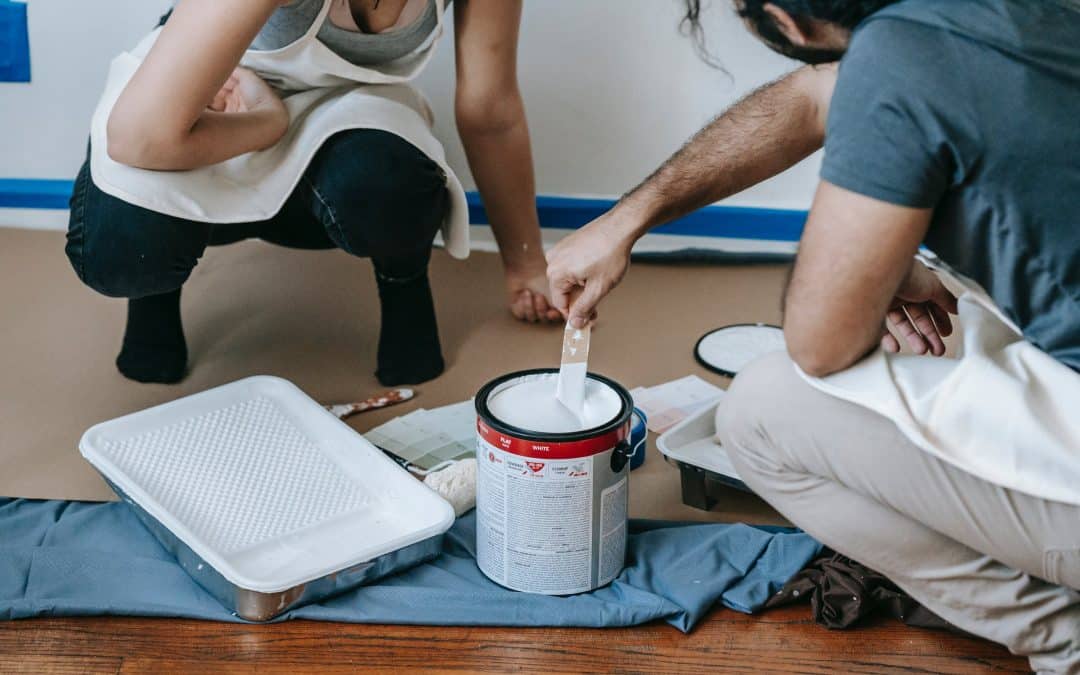Most people are interested in building their own wealth for the future in order to be secure during retirement. Also, passing on generational wealth to their children and loved ones is another objective for building wealth. One of the most dependable ways to build intergenerational wealth is through investing in real estate. This is why owning your home is such a huge milestone for most.
However, once you have secured your own home to live in, you may still want to continue building more wealth. In this case, real estate is still one of the most lucrative investments you can make. If you are looking to continue building wealth through real estate, flipping property may be an option you should consider.
What is flipping real estate?
What is known as “flipping” property is the act of purchasing real estate with the objective of selling it in a short period of time for more than it cost you to purchase it. Generally, there are two methods of doing this: buying below market value or fixing up a deficient property.
Buying below market value
The strategy behind purchasing property below market value is to be able to sell the property at your expected market price. You may find an opportunity like this when a seller is facing some type of financial hardship that requires the seller to put the property on the market for a lower price in order to obtain the cash he or she needs immediately. There may be various other reasons a seller would want to price the property lower than the market value. Be sure to pay attention to the overall market in order to spot properties that are priced below similar units within the same neighborhood.
You can also look at future development trends and locate which neighborhoods that have been largely ignored in the past but are expected to experience significant development in the near future. Development in these neighborhoods will result in the value of homes in these areas to appreciate. Therefore, if you are able to purchase prior to appreciation spurred by development, you will be able to reap the gains of this increase in value of the property.
Fixer-upper approach
Besides buying below market value, the other strategy for the flipping property would be to rehabilitate a deficient property. This flipping strategy is referred to as the “fixer-upper” approach. This would require finding a property with structural deficiencies that keep its market value low. You would then invest money on materials and labor in order to improve the property’s structural problems which will result in a higher market price that allows you to gain profit upon selling.
Combining strategies
Of course, it is possible to combine both of these flipping strategies. This means you would locate a property with structural deficiencies that is also priced below market value even when taking the deficiencies into consideration. You can also find a property with structural issues that is located in a neighborhood that is set to be redeveloped.
Financial considerations
Regardless of which strategy you decide to use, flipping real estate can be resource-intensive. It can require significant cash investments upfront before you are able to reap any profits. Therefore, you will want to make sure you are in the right place financially to be able to absorb these costs until you can sell. Creating a personal financial plan that incorporates these investment costs is essential.
The information has been obtained from sources considered to be reliable, but we do not guarantee that the foregoing material is accurate or complete. Any opinions are those of the author and not necessarily those of RJFS or Raymond James. Expressions of opinion are as of this date and are subject to change without notice.

